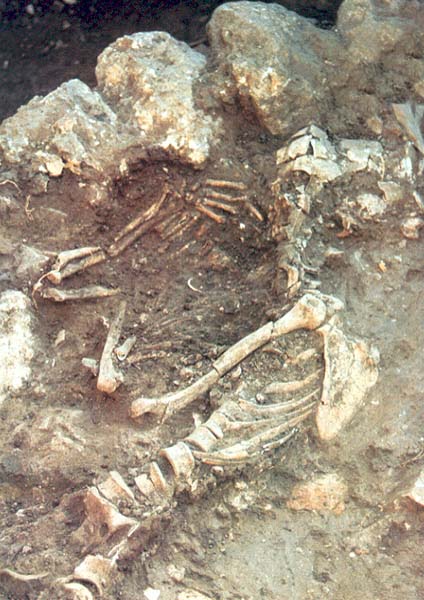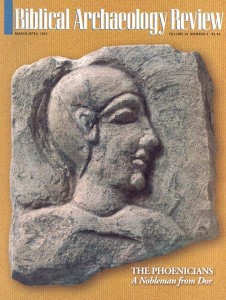A Death at Dor
A gruesome discovery may explain a mysterious destruction at Dor in 1000 B.C.E.

It’s not every day that you dig up a dead woman. And in archaeology, the most dramatic discoveries always seem to come at the most awkward times; this one, true to form, appeared less than 36 hours before we were due to leave the excavation at Tel Dor. It was 7 a.m. on Thursday, August 13, 1992, and we were cleaning up for our final photographs. In area G, the town center, we had spent the summer just as in the previous two seasons: digging through the remains of collapsed early Iron Age houses, removing masses of fallen mudbrick and the occasional pile of rubble. One by one, the rooms had revealed their rich contents of smashed pottery, metalwork, bone and flint implements and the occasional scarab seal. Yet despite some clues that we were dealing with a real destruction, not simply the piecemeal sequence of ruin and repair that one finds on any tell at any time, we still could not be sure. For a third year, we would be going home with a question mark in our minds.
Already a library member? Log in here.
Institution user? Log in with your IP address.

